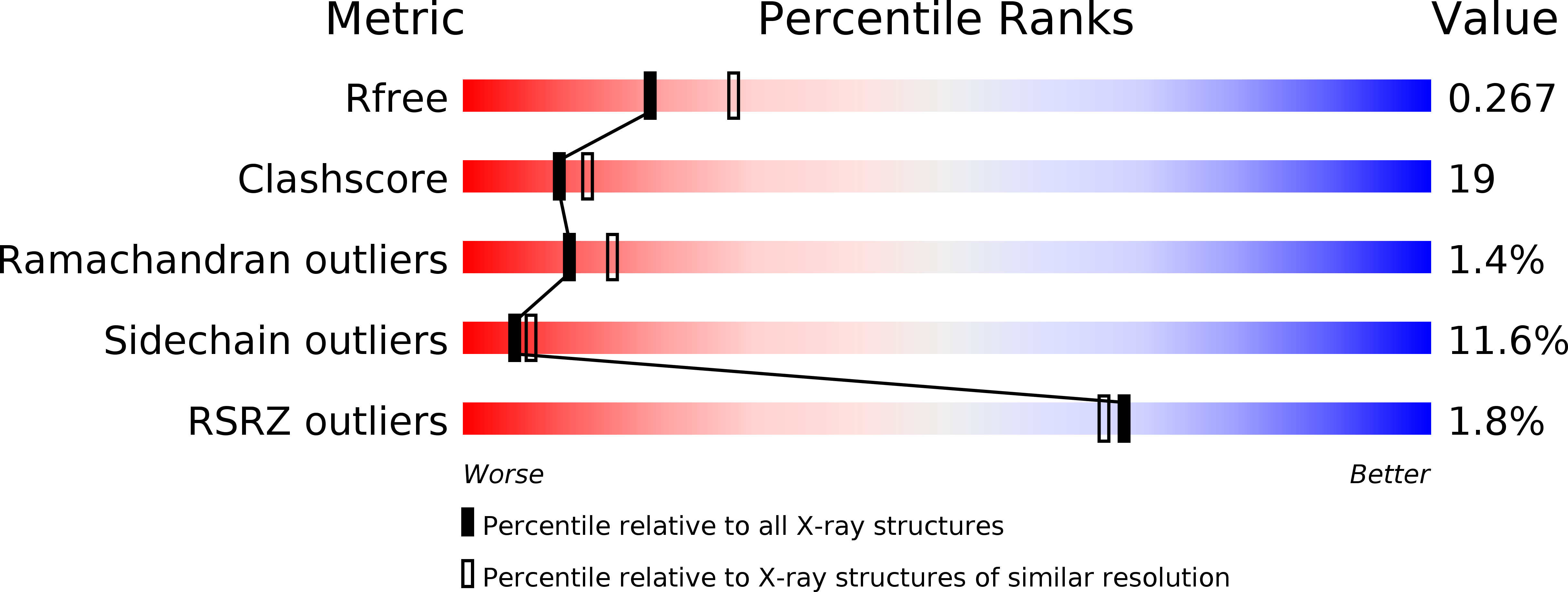
Deposition Date
2009-11-12
Release Date
2010-04-21
Last Version Date
2024-11-27
Entry Detail
PDB ID:
3KN5
Keywords:
Title:
Crystal structure of the C-terminal kinase domain of msk1 in complex with AMP-PNP
Biological Source:
Source Organism:
Homo sapiens (Taxon ID: 9606)
Host Organism:
Method Details:
Experimental Method:
Resolution:
2.40 Å
R-Value Free:
0.27
R-Value Work:
0.20
R-Value Observed:
0.21
Space Group:
P 21 21 21


